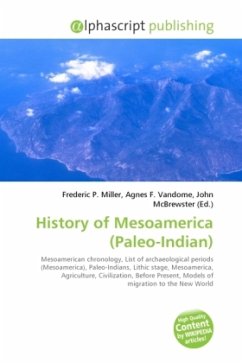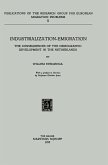In the History of Mesoamerica, the stage known as the Paleo-Indian period (or alternatively, the Lithic stage) is the era in the scheme of Mesoamerican chronology which begins with the very first indications of human habitation within the Mesoamerican region, and continues until the general onset of the development of agriculture and other proto-civilization traits. The conclusion of this stage may be assigned to approximately 9000 BP (there are differences in opinion between sources which recognize the classification), and the transition to the succeeding Archaic period is not a well-defined one. Its starting-point is a matter for some contention, as is the more general question of when human habitation in the Americas was first achieved. While it is universally accepted that the peopling of the Americas had occurred by ca. 11,200 years ago, a number of claims have been made for evidence of human occupation which precede this, some as far back as ca. 40,000 years. General and majority scientific consensus for these (much) earlier dates remains elusive, however, and evidence for these claims is yet to be fully accepted.
Bitte wählen Sie Ihr Anliegen aus.
Rechnungen
Retourenschein anfordern
Bestellstatus
Storno








